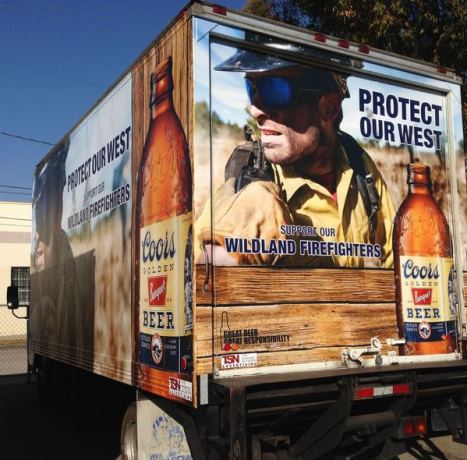Above: An Incident Management Team working in South Africa. Photo courtesy of Etienne du Toit.
From April 24 to May 12 the International Programs office put on 27 disaster management courses in southern Africa countries in partnership with the United States Agency for International Development’s Office of Foreign Disaster Assistance (OFDA). The courses covered topics on the Incident Command System and National Incident Management System for over 200 trainees from South Africa, Namibia and Botswana. Twenty trainers—Forest Service employees and retirees, Montana Department of Natural Resources and Conservation employees, New York Fire Department employees and South African colleagues—delivered the courses.
Since 2009, the Forest Service and OFDA have worked together to build the capacity of South African disaster responders with a focus on fire management. Since the program began, over 4,000 fire personnel have received training from the Forest Service in both South Africa and the United States. Some of the program’s early trainees are now acting as trainers in the region.
This training led to the creation of a firefighting team that in 2015 was deployed to Canada. South African Incident Management Teams have also assisted with flooding in Malawi and Mozambique and wildfires in Indonesia and Chile.
In 2014 the program broadened to encompass all-hazard emergency preparedness and expanded to two more countries in southern Africa: Namibia and Botswana.
Thanks and a tip of the hat go out to Eric.
Typos or errors, report them HERE.








